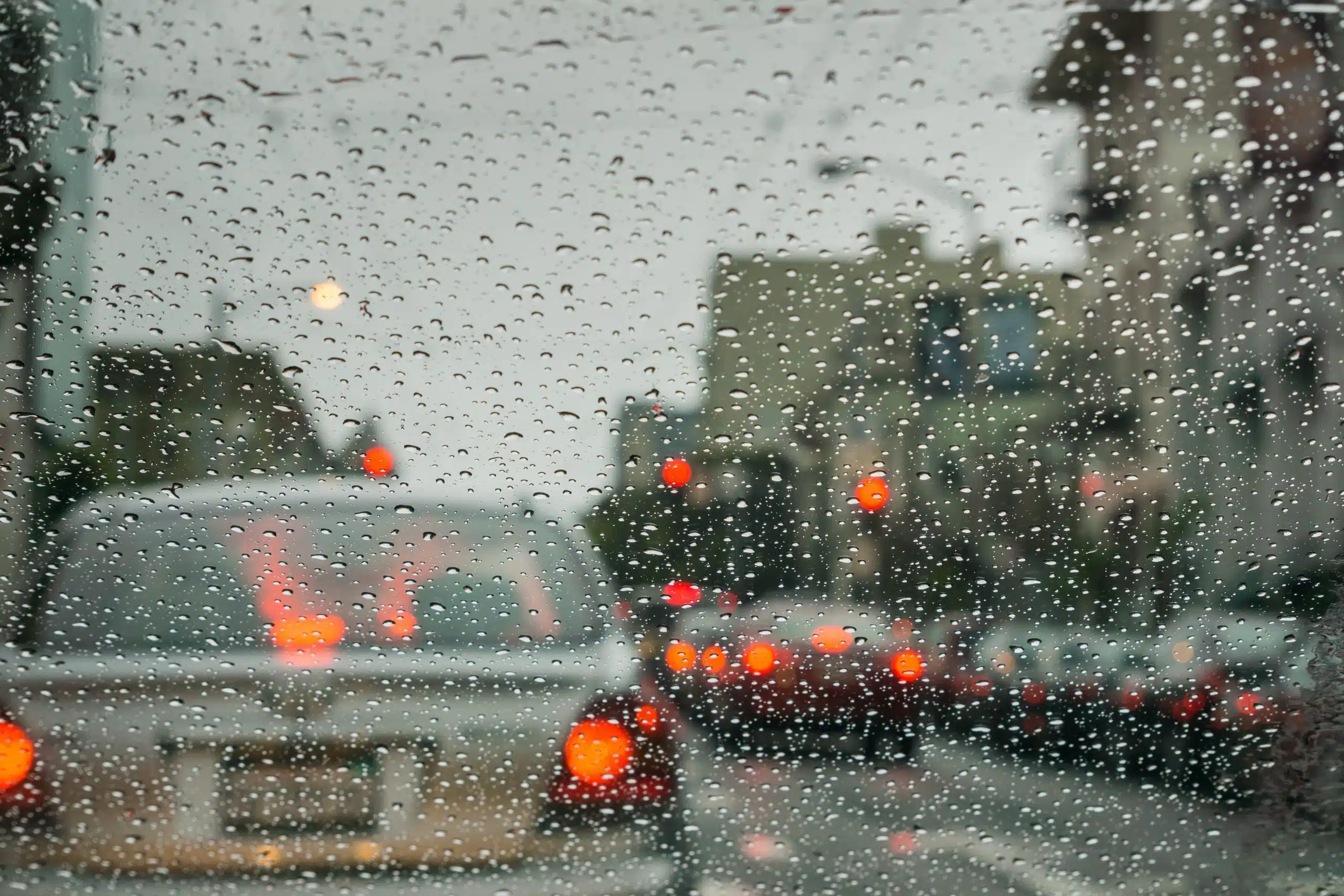Home » Blog » Car » Car Lifestyle » Tips for Driving Safely in Bad Weather
Categories
Tags
animal welfare
breed profile
buying a car
buying a pet
Car
car accessories
car care
car features
car insurance
Car safety
car sales
car service
cat
cat behaviour
cat body language
Cat Breeds
cat food
cat insurance
comprehensive car insurance
Dog
Dog Behaviour
dog body language
Dog Breeds
dog food
Dog Insurance
dog training
eco friendly cars
Kitten
New Car
pet accessories
pet activities
Pet Adoption
pet breeders
pet days of the year
pet fun stuff
Pet Health
pet insurance
pet parenting
Pet Safety
pet services
Puppy
rescue pets
road safety
road trip
safe driving
Recent Blog:
Facebook Posts
13 hours ago
Are intestinal worms setting up camp in your dog’s gut without paying rent? Here’s how to spot the main culprits and get rid of them too:![]()
![]() Preventing, Identifying and Treating Intestinal Worms in Dogs - bit.ly/43YjCKu
... See MoreSee Less
Preventing, Identifying and Treating Intestinal Worms in Dogs - bit.ly/43YjCKu
... See MoreSee Less
Preventing, Identifying and Treating Intestinal Worms in Dogs
www.pd.com.au
Intestinal worms, such as roundworms in dogs are one of the least glamorous topics on the planet. These intestinal parasites that basically use our dogs
PD Insurance
with Dogs West.
2 days ago
We enjoyed meeting #breeders #doglovers and members at the Dogs West Open Day. Special thanks to our partner Dogs West for organising an incredible event. There is still time to enter our pawsome competition. Click here for details: bit.ly/4covyce![]() #PDinsurance #dogswestopenday #dogswest
... See MoreSee Less
#PDinsurance #dogswestopenday #dogswest
... See MoreSee Less
3 days ago
Did you know? The Manx is a breed that is known for its lack of a tail, which is caused by a genetic mutation.
... See MoreSee Less
We all hope for good road conditions when driving. However, the weather can be quite unpredictable and it’s unavoidable we will need to drive in bad weather at some point. Roads can be dangerous during bad weather so being prepared to drive safely in all types of weather is important.
Below are 7 driver safety tips to help you navigate the road and avoid accidents when conditions are less than ideal.
1) Check the Conditions
Before you leave, it’s a good idea to check local weather forecasts and get an idea of which route you’ll take to your destination, or more specifically what routes you’ll avoid. You can also use weather apps to track weather on-the-go. BOM Weather, the Bureau of Meteorology’s weather app, allows you to check current conditions, wind speed and direction, official weather warnings, and view your current location’s weather with one touch.
2) Slow Down on Wet Roads
When the road is wet, slow down by 8 to 16 kilometres an hour as it takes longer for you to stop when you brake. You might also find that your car will aquaplane when braking. If this happens, try not to panic and simply keep driving until it feels normal again.
Be courteous to other drivers by avoiding braking suddenly or turning quickly!
3) Check Your Tyres
Check your tyres and make sure they have at least 3mm of tread. Tread is the grooves on the tyre’s surface designed to allow the water to be expelled from beneath the tire and prevent aquaplaning. If the tread is worn, the tyres might not be able to grip the road surface, causing skidding or a blowout.
4) Drive in the Tracks
When driving on a wet road, drivers in front of you will leave behind tracks (which causes water to be displaced). You can take advantage of this by driving in their tracks to avoid skidding. Remember to increase your travelling distance to prepare for the extra time you need when braking.
5) Use Your Low Beams
Even if it’s day time, switch your lights to low beam. This helps you see the road better and also helps other drivers see you easily. If driving at night, take extra precaution when switching to high beams as they are more likely to reflect back on the water and on to your windscreen which will reduce your field of vision.
6) Inspect Your Wiper Blades
Driving with worn wiper blades is dangerous as heavy rain can easily block your view. Before bad weather even happens, make it a point to regularly inspect your wiper blades for signs of wear and change them when you need to.
7) Stay Calm if You Do Get in an Accident
Unfortunately accidents happen all the time during bad weather. If you do get into one, stay at your current location until you can get assistance.
- Make sure your car is out of the way of traffic and turn on your hazard lights.
- Use road flares to alert drivers of your presence.
- If other drivers or pedestrians are involved, here’s what you need to do.
PD offers a rental car after incidents. Available with our Comprehensive car insurance cover, we provide an economy rental car for up to 14 days while your vehicle is being repaired or replaced.
Share On:




